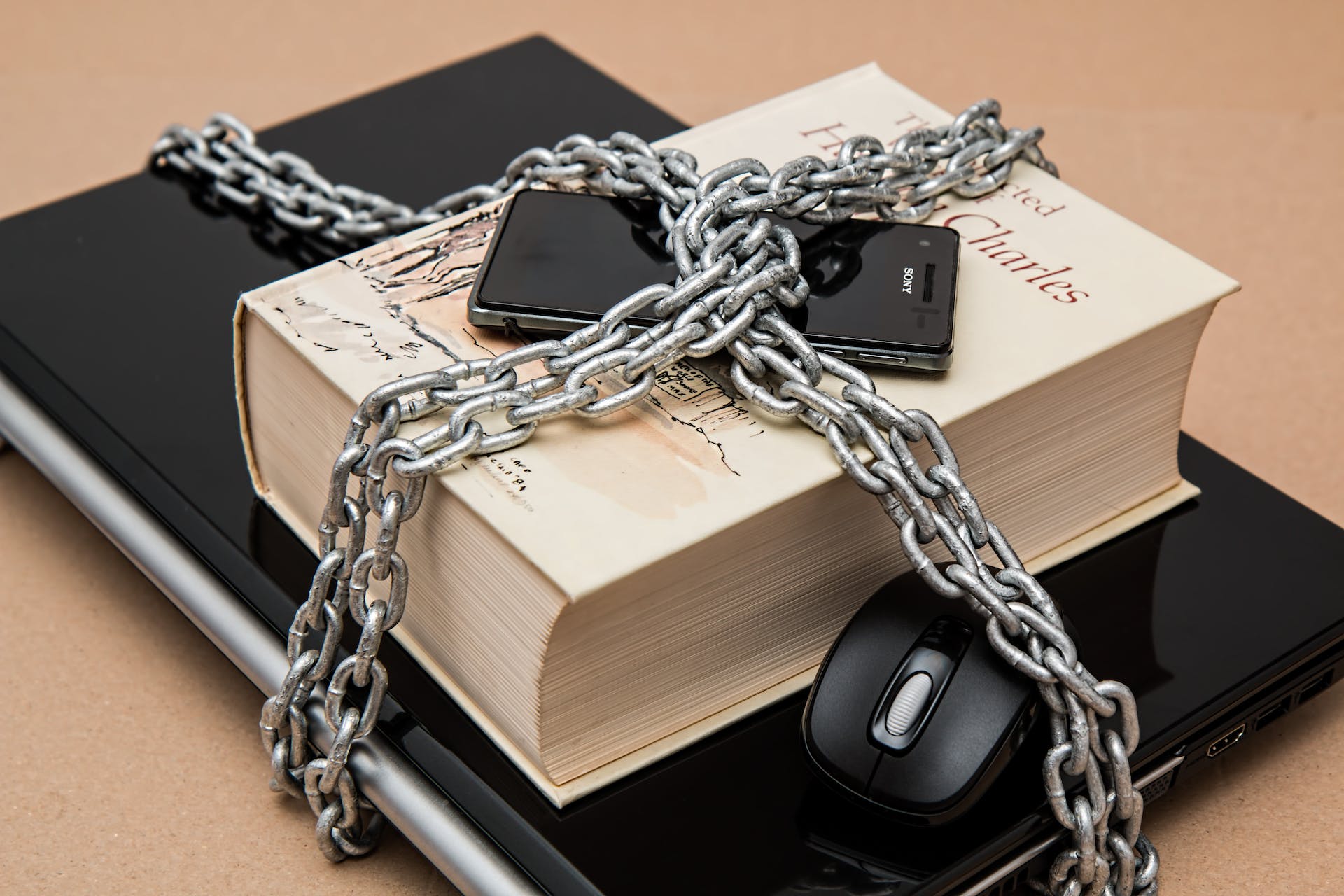

The concept of time management is often misunderstood and generally unsuccessful in minimizing overload and stress. Although the emphasis on efficiency is admirable — true overload is self-defeating and futile.
Initiate clear time guidelines for selecting what types of activities you won’t do, and develop processes like establishing a day when managers conduct no meetings. There is a zen to taming time, not confronting it.
Remember, there is no such thing as time in the metaverse.
The persistent sensation that there is never enough time causes much stress. We do need to learn time management to tame and manage our time. We aim to convert hour-long sessions into half-hour sprints or schedule more minor activities to reduce wasted time.
But we want to use time management as a stress reducer — not an anxiety producer. As we improve our efficiency, we may add more duties and begin to feel a more significant strain. Attack the core causes of worldly stressors: the sheer amount of work, choices, and diversions.
But time management should be used to reduce stress by freeing up time to take care of yourself. Maybe get to the gym, take a walk or have a massage. Think time management for freedom — not time management as a whip.
Time Management’s Trap
The shift to remote work after the Covid-19 epidemic created a fascinating natural experiment illustrating the time management problem. Working from home saves time (commuting and business travel), and approximately half of remote employees say they are more productive.
A study by Atlassian found that self-reported time savings and productivity increases are ineffective. The average workday has grown by 30 minutes worldwide — the reverse of results from individuals spending their time more efficiently. Complicating matters, the extra 30 minutes of work have mostly come at the price of evening leisure time.
Time management assures us that we can easily accommodate all of our tasks by being more efficient. But, like digging a hole at the beach, time management requires a lot of water to fill it. An hour on your schedule is like a signal flare proclaiming your ability to take on another project or position. So keep thinking about your ability to now claim the freedom to take care of yourself.
Time management has never been useless—productivity matters. But in a society plagued by burnout, we need techniques to reduce the anxiety producers rather than accommodate the volume.
You will want these three options to escape the trap.
1. Reduce task volume
“I’ll handle the budget update for next week’s meeting,” “I’ll pick up something for supper on the way home,” and so on.
As soon as you agree to take on an extra task — the pressure to deliver starts. Any agreement to be broken or renegotiated adds stress and guilt to the situation. The way you hold the line depends on whether your to-do list grows from assigned duties. Or does it grow things you choose to take on?
Prioritize tasks instead of time. When a supervisor asks you to accomplish something, answering with “I don’t have time for that” may seem overly abrupt. Instead, ask, “Where should I prioritize this task versus x, y, and z?” Answering in this manner achieves two goals. In the first place — this gives your superior a glimpse of what you’re working on — and sometimes lets you off the hook. Nevertheless — they set the priority, not you.
2. Reframe the dialogue from a binary option to a collaborative debate
If you want to add tasks, calendar-block first. We typically overestimate our capabilities, leading to over-exertion. Our calendars show some daylight, so we believe, “I can certainly do this by Friday.”
Then comes Friday, and we have to renegotiate.
Best advice — get your self-care actions and family obligation on your Calendar first. If others are synced to your Calendar, and you don’t want them to see your plans, frame the verbiage differently.
My weekly massage appointment says, “On point meeting with Sarah H.” I do combine the massage time with my lunch hour and pound a boiled egg down on the drive over. The point is, we’re not trying to get out of our intense, crowded, stressful work — we come back refreshed and work harder and faster. Putting in time for yourself makes it so that you don’t resent the extra half hour, hour, or longer you stay after work.
The issue is that your Calendar typically only displays synchronous work (tasks you compete with others simultaneously). Then you include meetings, phone calls, etc. Your to-dos are a list of agreements with others for asynchronous labor (tasks you do alone, not in real-time with others).
The answer? Merge your Calendar and to-do list by scheduling time for each task. Getting the complete picture of your obligations (and self-care) allows you to assess your capabilities before taking on more.
3. Decide on principles
We’ve spent the last couple of years making decisions: Do I send my kids to school? Can I visit them? Is it safe to go to work? Constantly facing difficult decisions with limited information can lead to cognitive overload. The overthinking and unknowns in cognitive overload are where mental work demands outpace our coping ability. Cognitive overload raises the chance of mistakes and leads to feelings of overwhelm.
You might start by replacing choices with absolute principles. For example, the science of weight loss management teaches us that “I won’t eat after 7 p.m.” is more successful than “I won’t nibble after 7 p.m.”
Can I have this cup of yogurt? How about some fruit?
The ultimate guideline of no eating after 7 p.m. closes the door. The choices vanish — the result is less overload.
Author and podcaster Tim Ferriss calls the overload scenario “finding the one option that eliminates 100 decision.” Ferriss set a goal of not reading any new books in 2020 — he would finish the ones he’d started. Since writers and their publicists bombarded him with dozens of new or impending books every week, this blanket principle relieved him of hundreds of book-by-book choices.
Steve Jobs famously wore the same thing (a black t-shirt and jeans) every day to avoid morning clothing selection weariness. Jon Mackey is a managing director of a Canadian business. He built his establishment with “No meetings on Fridays.” After failing to safeguard time for serious work by choosing which meetings to accept or refuse, Jon Mackey devised a weekly concentration day.
4. Minimize Distractions with Structure Not Will
Diversions prevent us from completing activities and making critical judgments. Interruptions contribute to overwhelming by preventing us from feeling like we are making headway against the causes of the pressure.
Trying to ignore digital platforms with fortitude puts you up against an army of our generation’s brightest brains. These most brilliant brains focus on exploiting what Facebook founder Sean Parker calls “vulnerabilities in human psychology” to grab your attention. When it comes to distraction, structure always wins.
Several company executives set aside time throughout the day to switch off their laptop’s Wi-Fi to concentrate. Others have scheduled 30-minute meetings for their staff to ask questions and obtain guidance. Then fewer individuals ask, “Can I grab you for five minutes?”
Cathy Engelbert, past Deloitte CEO, banned back-to-back conferences. So instead, it was a 10-minute break for SMORs or tiny minutes of reflection. This fast recovery break meant she wasn’t distracted by the following meeting or carrying over the previous meeting’s agenda.
Conclusion
The answer isn’t to become more efficient and just accept more work, choices, and diversions. Instead, reduce your workload, make choices based on principles, and create a structure to prevent distractions.
Have your new mantra be, Simplify, and make your time management choices reflect a renewed determination to take care of yourself, your loved ones, and your life.
Image Credit: Chris F; Pexels; Thank you!











Hunter Meine
Hunter Meine is a BYU-Idaho graduate, husband, father, and writer. When he's not writing, he's playing sports or enjoying the outdoors with his wife and daughter.